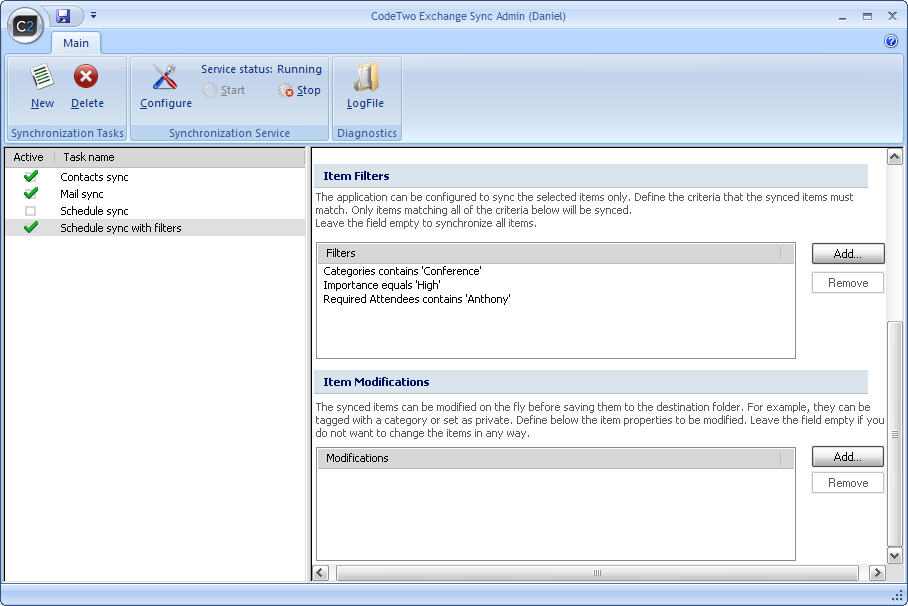

Two-way synchronization is more complicated, because there is no guarantee that one location is always the most up-to-date.

You would never edit the copies of your files on the backup drive, and so there would be no danger of losing those changes the next time that you perform a backup and copy those same files over from your primary drive. In the case of our example of a backup hard drive, the files on your primary drive, the source, are where you make any changes, and those changes are saved the next time you back them up to your second drive, the target. One-way synchronization is quite straightforward: You always copy from the "source" location to the "target" location - never the other direction. This form of file synchronization is commonly referred to as "mirroring", because after a backup, the backup drive reflects the state of the files on your primary drive. For instance, you can have all of your personal data on your primary hard drive in your PC, and you can wisely install a second hard drive that is only used for daily backups. An example of one-way synchronization would be the process of creating backups.

The above example illustrates two-way synchronization, in which you might be making changes to either version, and after doing so you should bring the other version up to date, so the two files are synchronized. Upon your return home, if you forget to synchronize those two copies of your schedule file, then if you repeat the process the next day - updating your schedule on your PC, and copying it to your PDA - you will have lost your previous day's changes to the version on your PDA. If you update your schedule file on your PDA as you are running about town, then the two copies of the file are now out of sync. For instance, if you connect your PDA to your desktop computer, and you copy your daily schedule from your PC onto your PDA, before heading out the door, now you have two copies of the same file. There are also more chances for losing new information. At the same time, a growing amount of that data is also being stored on the Web - in email accounts, FTP accounts, and blogs, as well as with Web-based file backup services and other data repositories in the digital "cloud".Īs a result of this widespread distribution of data, there are more cases of any given computer file existing in two or more locations. These portable data devices are carrying an increasing amount of business and personal information, to more destinations outside of the home or office - back and forth on a daily basis, for some commuters. People are more mobile nowadays than ever before, and the same is true of their data - especially now that more people are using laptops, palmtops, PDAs, flash drives, and smartphones, in place of desktops, or sometimes in conjunction with desktops. This article was published by ComputorEdge, issue #2717,, as the cover article, in both their PDF edition (on pages 7-10) and their website.


 0 kommentar(er)
0 kommentar(er)
